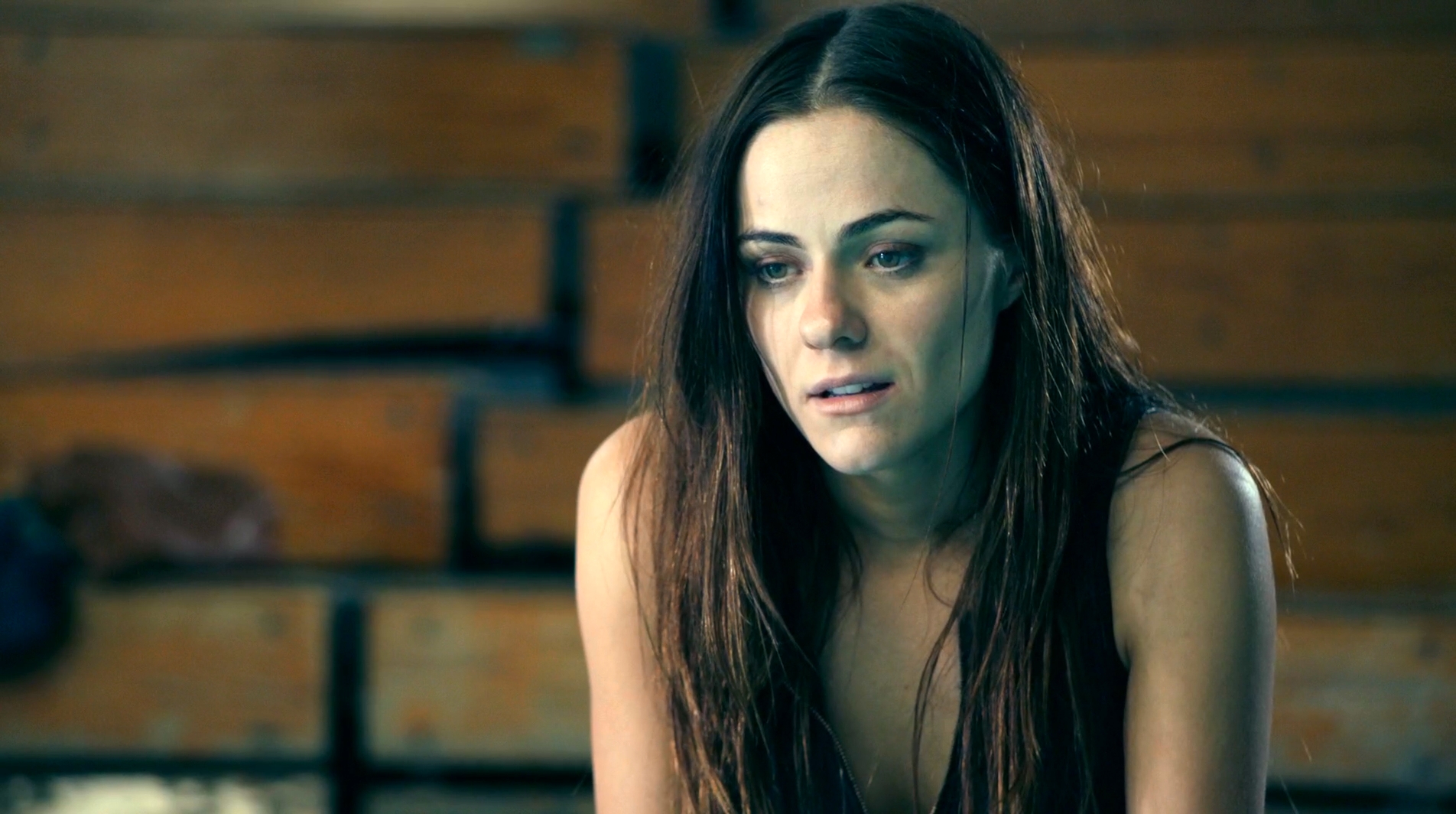12 Feet Deep: A Tense and Claustrophobic Thriller Beneath the Surface
12 Feet Deep (also known as The Deep End) is a psychological thriller released in 2017, written and directed by Matt Eskandari. Set almost entirely within the confines of a public swimming pool, the film crafts an intensely claustrophobic and suspenseful experience that explores not only physical entrapment, but emotional trauma and the fragility of the human psyche. With a minimalistic setting and a small cast, 12 Feet Deep relies on character development, tension, and a creeping sense of dread rather than action or spectacle.
The film follows two sisters, Bree (Nora-Jane Noone) and Jonna (Alexandra Park), who become trapped beneath the fiberglass cover of an Olympic-sized public swimming pool just before a holiday weekend. What begins as a simple visit turns into a nightmare when the pool closes early and the automatic cover is sealed shut, leaving the sisters stuck underneath with no way to escape and no one aware of their situation. The water becomes both a literal and metaphorical prison, and the stakes rise quickly as they begin to lose heat, air, and hope.

As the hours tick by, the sisters are forced to confront not only their physical peril but also their strained relationship. Bree is the responsible, accomplished older sister, while Jonna is more rebellious and impulsive, fresh out of rehab and struggling with feelings of inadequacy and resentment. Through flashbacks and emotionally charged dialogue, their past traumas—including childhood abuse and unresolved family tensions—slowly come to the surface. These moments provide depth to the characters, transforming the film from a simple survival story into a layered drama about forgiveness, redemption, and resilience.
The tension is heightened further when a janitor named Clara (Diane Farr), who discovers them trapped, initially seems willing to help—only to reveal more sinister intentions. Rather than assist them, Clara sees the situation as an opportunity to steal from the pool's lost and found and extort the sisters. Her presence adds an unpredictable human threat to the already dangerous circumstances, deepening the sense of helplessness and fear.

Eskandari’s direction is taut and focused, using tight camera angles and submerged shots to amplify the feeling of suffocation. The film makes excellent use of its confined setting to build dread, echoing themes found in survival thrillers like Buried or 127 Hours. Despite its modest budget, 12 Feet Deep succeeds in crafting a gripping atmosphere, relying more on psychological intensity than visual effects.
At its core, 12 Feet Deep is about endurance—both physical and emotional. The pool, cold and unrelenting, becomes a crucible that tests the sisters’ will to survive and their ability to overcome their shared and individual traumas. As they battle exhaustion, injury, and their own inner demons, their bond is tested and ultimately strengthened.

In conclusion, 12 Feet Deep is a low-budget thriller that punches far above its weight. With strong performances, a nerve-wracking premise, and unexpected emotional depth, it delivers a compelling story of survival and sisterhood. It reminds viewers that sometimes the most terrifying battles are the ones we fight inside ourselves, and that even in the most hopeless situations, human connection can be the key to survival.


